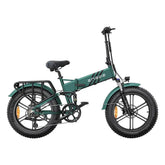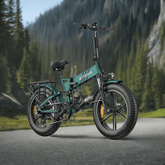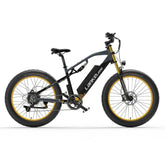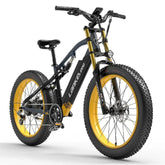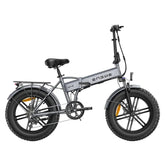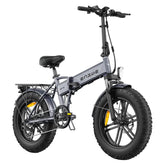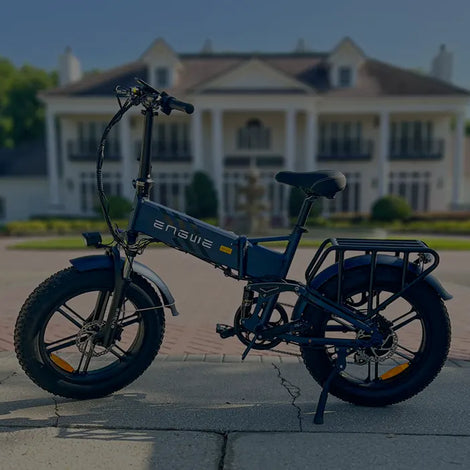Germany, a nation synonymous with cycling culture, has witnessed a meteoric rise in E-Bikes (electric bicycles) on its roads and in its bustling cities. These eco-friendly vehicles offer a convenient, healthy, and often faster alternative to traditional transportation. However, navigating the legalities surrounding E-Bikes, particularly understanding the intricacies of Ebike laws, can be a complex task for newcomers. This guide delves deep into the regulations for both Pedelecs and S-Pedelecs, the two most prevalent E-Bike categories, ensuring a safe and compliant ride.
E-Bike Classification and Functionality:
Understanding the crucial distinctions between Pedelecs and S-Pedelecs is paramount for riders and potential buyers.
Pedelecs (Pedal Electric Cycles):
- Speed Limit: 25 km/h (15.5 mph) - Motor assistance cuts off at this speed, essentially functioning as a traditional bicycle beyond this limit.
- Power Limit: The motor on a Pedelec is limited to a maximum continuous rated power of 250 watts.
- Functionality: The core principle of a Pedelec is "pedal-assist." The motor solely assists the rider when pedaling. Essentially, the harder you pedal, the more assistance you receive, making them ideal for traversing hilly terrains or longer distances with less effort.
-
Requirements:
- - No License Required: Individuals aged 14 and above can legally operate a Pedelec in Germany.
- - No Registration Necessary: Pedelecs do not require registration, simplifying ownership and use.
- - Helmet Use: While not mandatory by law, helmet use is highly recommended for all cyclists, regardless of E-Bike category. A properly fitted helmet significantly reduces the risk of head injuries in the event of an accident.
S-Pedelecs (Speed Pedelecs):
- Speed Limit: 45 km/h (28 mph) - S-Pedelecs offer a significant speed advantage over Pedelecs.
- Power Limit: There is no specific power limit for S-Pedelecs as the motor can propel the bike without pedaling. However, these motors are typically more powerful than those found on Pedelecs.
- Functionality: The motor on an S-Pedelelec can propel the E-Bike without pedaling, similar to a moped. This functionality allows for effortless cruising at higher speeds.
-
Requirements:
- - Moped License Required: Operating an S-Pedelec necessitates a moped license, obtainable from the local authorities after passing a theoretical and practical test. The minimum age requirement for a moped license is 16 years old.
- - License Plate Required: S-Pedelecs require a license plate for identification purposes, similar to mopeds and motorcycles.
- - Liability Insurance Mandatory: Liability insurance is mandatory for S-Pedelecs. This financial protection safeguards the rider and any third parties involved in an accident.
- - Helmet Use: Helmet use is mandatory for S-Pedelecs due to their higher speeds and potential for increased risk in the event of an accident.
- Riding Location: Due to their higher speed, S-Pedelecs are not allowed on bike paths designated for slower cyclists and pedestrians. They must utilize roads designated for mopeds and cars, integrating with regular traffic flow.
Detailed Ebike Laws and Fines:
Adherence to traffic laws is paramount for a safe and enjoyable E-Bike riding experience. Here's a breakdown of key regulations and potential consequences for non-compliance:
- General Traffic Laws: Always obey traffic signs, signals, and speed limits. Violating these can result in fines ranging from €15 to €3 points in Flensburg (Germany's driver points system). These points accumulate and can lead to license suspension or revocation in severe cases. Familiarize yourself with hand signals for turning and stopping, especially when riding on roads with motorized traffic.
-
Alcohol Limits:
- Pedelecs: A higher limit applies compared to motorized vehicles (similar to bicycles - 0.9% blood alcohol content (BAC)). Riding under the influence can incur fines or even a criminal offense depending on the severity of intoxication and any accidents caused. Responsible riding is crucial to ensure the safety of yourself and others.
- S-Pedelecs: A stricter limit applies, the same as for car drivers (0.5% BAC). Operating an S-Pedelec while intoxicated can lead to significant fines, license suspension, and potential criminal charges.
- One-Way Streets and Pedestrian Zones: E-Bikes are generally prohibited on one-way streets and designated pedestrian zones (unless signs specifically allow them). Fines for disregarding these signs can range from €15 to €100. Utilize designated crossings when transitioning between pedestrian zones and cycling paths.
- Child Transport: Trailers are not permitted for child transport on any E-Bike due to safety concerns at higher speeds. However, child seats are allowed for young children on all bicycles (both Pedelecs and regular bikes). Ensure the child seat is age-appropriate, properly secured to the frame, and the child wears a helmet for added protection.
Safety Tips for a Smooth Ride:
Safety should always be the top priority when riding an E-Bike. Here are some essential tips to keep in mind:
- Lights and Reflectors: Ensure your E-Bike has functioning headlights, taillights, and reflectors for optimal visibility, especially during low-light conditions or night riding. German regulations mandate headlights and taillights during certain times of the day or in poor weather conditions. Equip your E-Bike with additional reflectors for enhanced visibility, especially on the wheels and spokes.
- Brakes: Regularly check and maintain both brakes for optimal stopping power. E-Bikes, particularly S-Pedelecs, can reach higher speeds, making efficient brakes crucial for safe braking. Consider having your brakes serviced by a qualified mechanic at regular intervals.
- Defensive Riding: Be aware of your surroundings, anticipate actions of other vehicles and pedestrians, and maintain a safe distance. Defensive riding practices minimize the risk of accidents and collisions. Utilize your bike bell to signal your presence to pedestrians and other cyclists.
- Insurance: Consider personal liability insurance to cover potential damages caused to others while riding your E-Bike. This can provide financial protection in case of accidents, even for Pedelecs where it is not mandatory.
Additional Considerations for Ebike Laws:
- EU Regulations: E-Bike regulations in Germany largely follow EU directives (e.g., EU directive 2002/24/EC). However, local variations might exist. It's advisable to check with local authorities for any specific regional regulations that may apply, especially if you plan on traveling across different states within Germany.
- Future Changes: E-Bike technology is constantly evolving, and regulations may adapt accordingly. Stay updated on any changes through official government sources, such as the Federal Ministry of Transport and Digital Infrastructure (Bundesministerium für Verkehr und digitale Infrastruktur, BMVI).
- Technical Requirements: In addition to speed and power limits, ensure your E-Bike complies with technical requirements. For Pedelecs in Germany's Ebike Laws, the motor must have a maximum continuous rated power of 250 watts and be equipped with pedals that are functional for assisted propulsion. E-Bikes with a starting aid (motor engages up to 6 km/h without pedaling) fall under a separate category with slightly different regulations, but are not as common.
Suggested Legal compliant E-Bikes:
Engwe E26
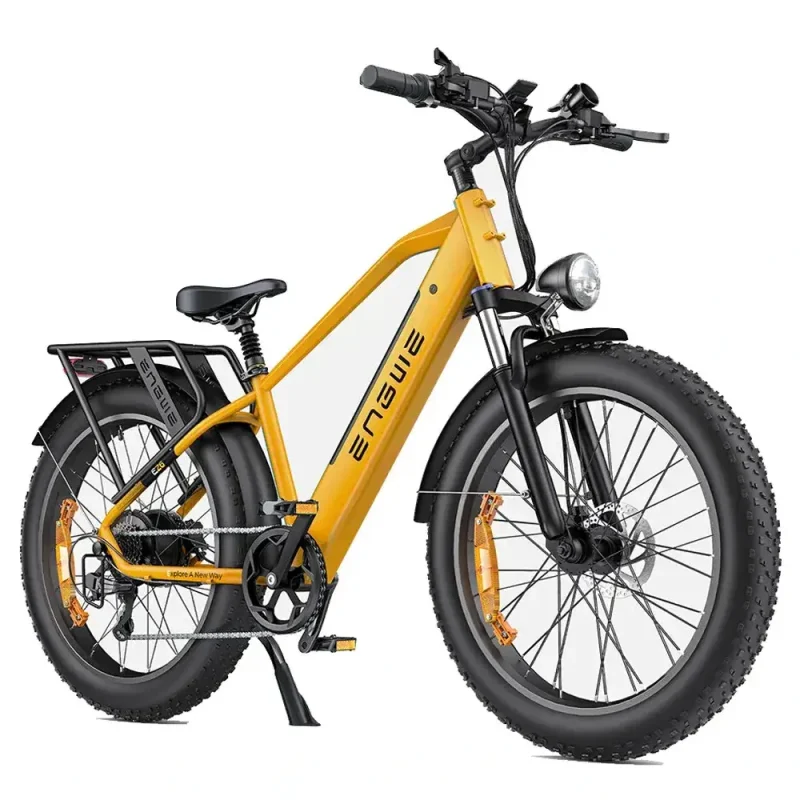
The Engwe E26 boasts a powerful 250W motor for effortless climbs, a long-range 140km battery, and grippy fat tires for all terrains. Hydraulic disc brakes ensure confident stopping, while the front suspension and comfortable seat keep you riding smoothly. This feature-packed ebike is your perfect Pedelec companion for German adventures.
Engwe P20
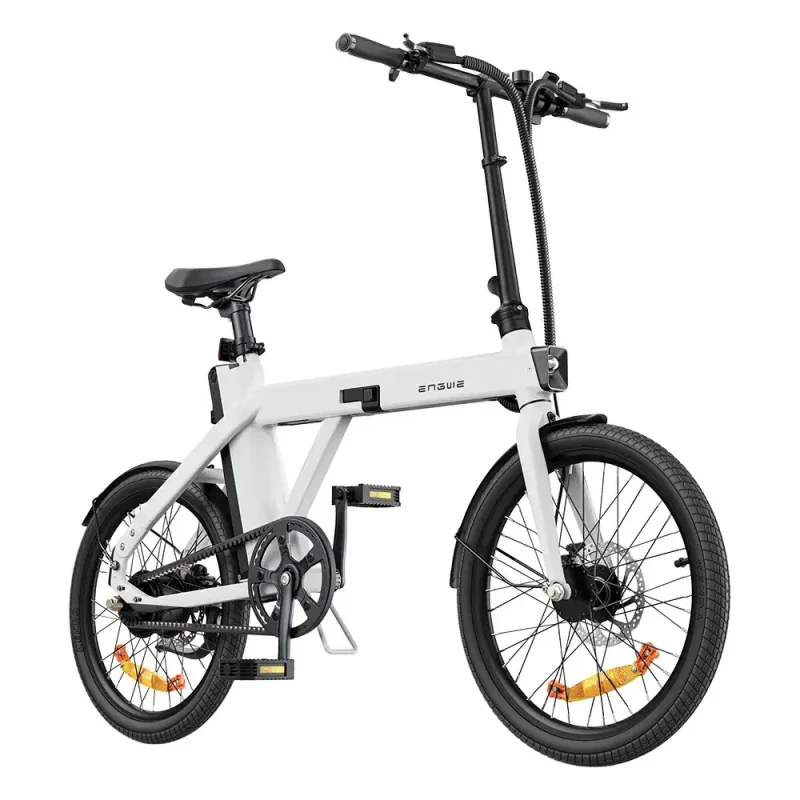
Glide through city streets with the Engwe P20. This stylish and comfortable ebike features a quiet 250W motor, a reliable 100km range battery, and a low-maintenance belt drive. Integrated lights enhance visibility, while the responsive hydraulic brakes provide safe stopping. The P20's adjustable stem and seat, plush SR seating, and puncture-resistant tires ensure a comfortable and worry-free commute.
Engwe Engine X
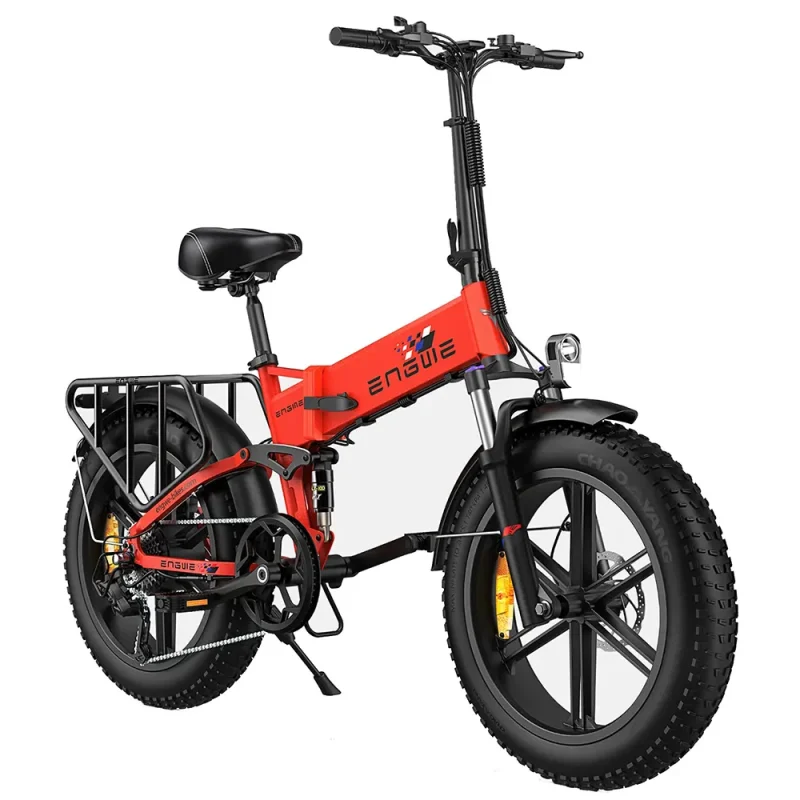
This ebike features a compliant 250W motor and a 100km range battery. Fat tires provide stability on various terrains, while front and rear suspension ensure a comfortable ride. The Engine X boasts mechanical disc brakes for reliable stopping and an advanced LCD display with cruise control. Its foldable design makes it perfect for easy storage and transportation, allowing you to explore German cities and beyond.
Conclusion
By understanding the distinctions between Pedelecs and S-Pedelecs, along with the applicable regulations and safety practices, you can navigate the Ebike laws in Germany with confidence. Remember, responsible riding and adherence to the law are paramount for a safe and enjoyable experience for yourself and others on the road. Embrace the eco-friendly benefits of E-Bikes while prioritizing safety and contributing to a positive cycling culture in Germany.

